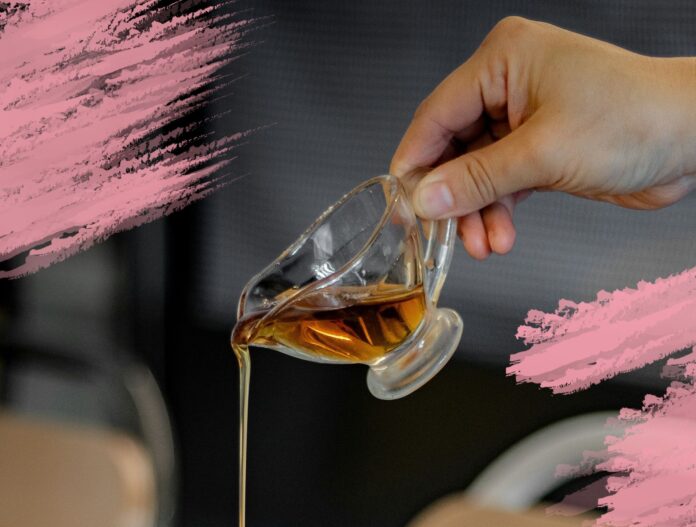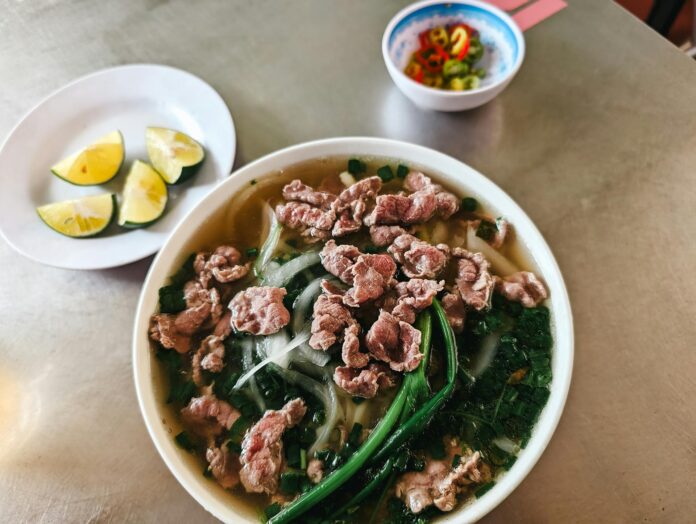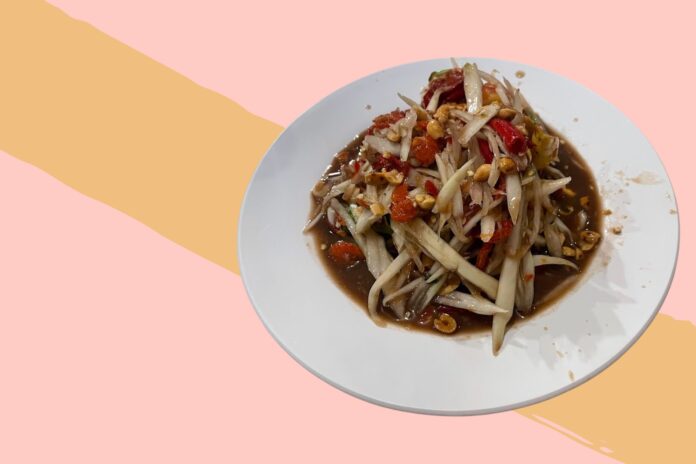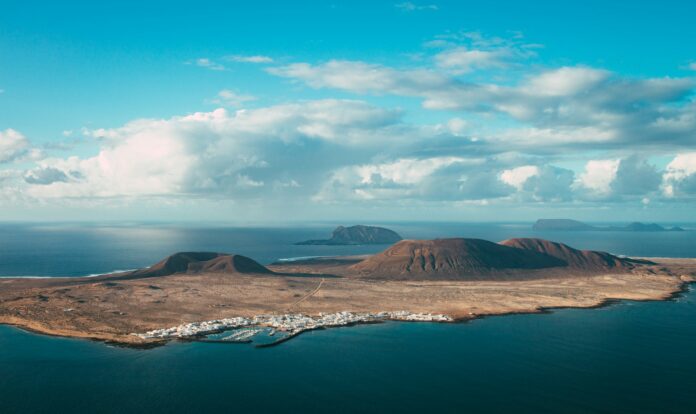Amidst the picture-perfect, coastal landscape of the Tuscan village Bolgheri D.O.C, lies the legendary vineyard that produces the Sassicaia wine – the Italian wine that follows no other rules but their own.
Producing wine is said to be an art, with its own set of rules, terminology and tasting culture. Those who go against the well established norms of the discipline are rewarded or ignored. Fortunately for Mario Incisa, the creator of Sassicaia wine, his formidable wine has left him in the former camp. This is, in a large part, due to his grasp of fine Bordeaux wine, as well as his penchant for challenging the traditional methods. The toast of Italy, indeed; here’s the IDEAL guide to Sassicaia Wine: the first super Tuscan.
A CENTURY-LONG LOVE AFFAIR
It all began when Mario Incisa, an agronomist cavalry fighter in World War I, married Marchesa Clarice in 1930 and received 7,500 acres of land in Tenuta San Guido estate. After marriage, he busied himself in taking care of that inherited land and filled it with vegetables, fruits, flowers and other agricultural products. The region already had some light, easy-drinking wine production culture that used Sangiovese grapes, and those are still hugely popular today, but nothing could satisfy Mario’s enthusiasm for fine Bordeaux wine – something richer, deeper and fuller bodied – so he decided to produce it back home.
AN INAUGURAL VINEYARD
However, it was in 1944 when Mario Incisa established his first vineyard 400m above sea level after coming home from a learning trip to discover the intricacies of Bordeaux wine in-depth. He tore apart all the rules recommended by the Bolgheri D.O.C and planted Cabernet Sauvignon and Cabernet Franc. The result was the first official bottling of the vintage Sassicaia wine in 1945.
EARLY SETBACKS & RECENT BOOSTS
The first commercial vintage, released in 1968, failed to impress. After spending years in multiple experiments with the help of the oenologist Giacomo Tachis, finally, in 1972, Sassicaia wine came into being, and in 1978 the wine beat 30 other Bordeaux blends from across the world in a blind tasting event. Indeed, by the late 1970s, the Super Tuscan was turning heads not just in Italy but in wider Europe, too, thanks to Sassicaia.
Fast forward to the present day, and with the current American President’s tariffs on European wine imports affecting prices in the States, some Italian blends including Sassicaia have received a boost recently from US buyers viewing bottles as an investment, spurred on further by a particularly good vintage in 2016.
TASTES AND THE USE OF SASSICAIA WINE
Sassicaia is usually known for its supple texture, perfume, and elegance. The wine is characterised by a deep red and regal colour, and is round, savoury and full-bodied in taste, boasting soft tannins and a long finish. It also contains a variety of red fruit perfume.
Although Sassicaia is the result of breaking rules, it’s similar to any fine Tuscan red in its usability in cooking. As is the much-revered Tuscan tradition of hearty, generous cooking, Sassicaia wine can be used in marinades for red meats, to lend body to stews and, of course in ragus and other pasta sauces. It’s also been said to be the world’s best table wine, due to its easy drinkability.
Now that we’ve whet your appetite, you might be interested in delving a little deeper into the wine culture of the region. Should you be all set for an adventure of wining, dining and driving in the famous rolling hills, olive groves and vineyards, then check out our tips on 5 of the best restaurants for wine lovers in Chianti, Tuscany.






